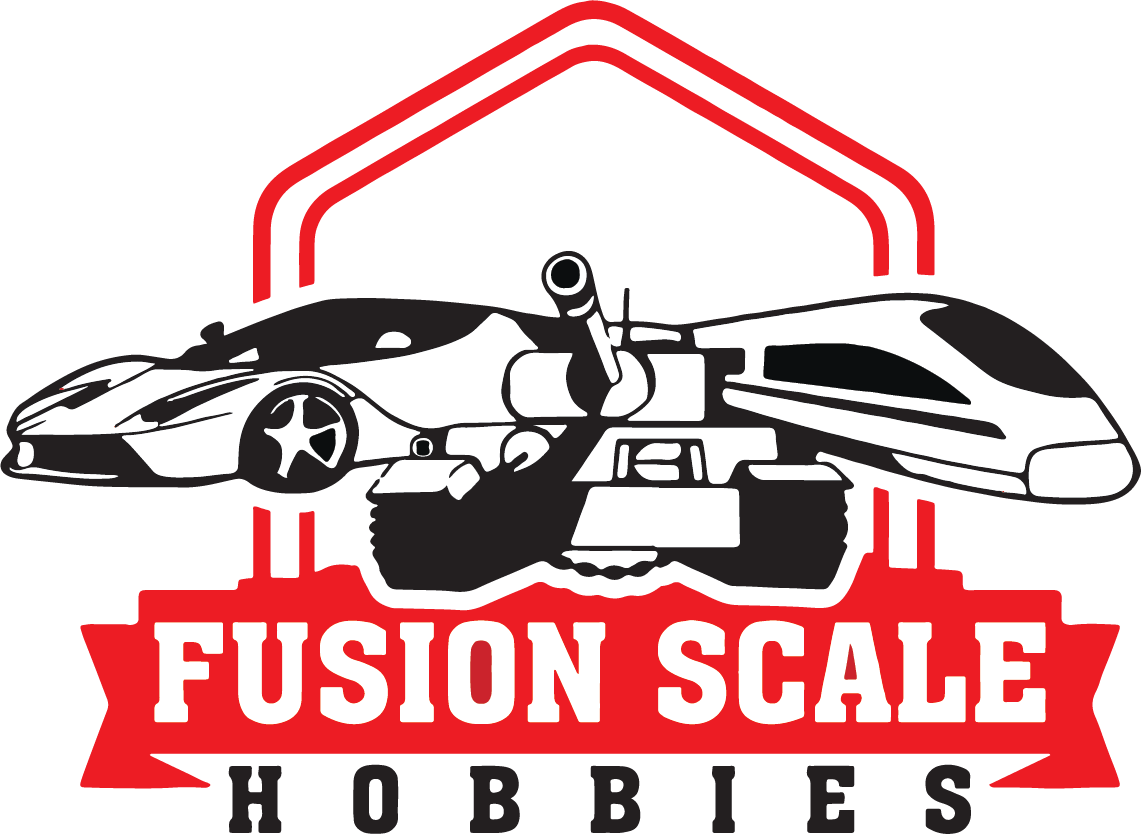
A Bit of History:
NASA launched 13 Saturn V rockets from 1967 to 1973, with two uncrewed tests and nine crewed missions to the moon or Earth's orbit. The last one had a unique purpose: to launch Skylab, the first American space station.
The Skylab Mission:
However, the creators of Apollo did not intend it to be a singular achievement. NASA planned to repurpose moon mission hardware for expanded space exploration through the Apollo Applications Program (AAP). AAP would have deployed Lunar Module cargo carriers and astronaut "taxis," lunar surface habitats, and orbital space stations.
NASA's funding was dwindling, and despite Armstrong's "Giant Leap," the public and Congress lost interest in prioritizing space exploration. Consequently, NASA canceled Apollos 18, 19, and 20, despite investing in much of the hardware.
To salvage AAP and use current hardware, NASA offered the single Earth orbital space station, Skylab. Engineers built the space station from a altered S-IVB stage. Then on May 14, 1973, the Saturn V's powerful first and second stages lifted it into orbit.
Compared to the Apollo Command Module, the inner space of the Skylab space laboratory was vast. It had the room for a crew of three to live and work in relative comfort.
Three crews inhabited Skylab for gradually longer missions, with the final stay lasting 84 days from November 1973 to February 1974. NASA planned to keep Saturn V Skylab in orbit for future crews on a constant basis. However, unexpected orbital decay caused it to crash in 1979, scattering debris across Western Australia.
The Estes Saturn V Skylab:
- The Estes Saturn V Skylab is a 1:100 scale reproduction of the historic rocket and space station payload.
- The model features vacuum formed tube wraps and fin fairings for a realistic texture on the surface.
- Injection molded fins are durable and detailed, and a fin alignment guide is included for precise placement.
- The water-slide decals accurately represent the markings of the historic mission.
- The rocket can reach up to 400 feet on an Estes F15-4 engine.
- The rocket separates into two sections for recovery – the Saturn V first and second stages return together under dual 24-inch parachutes, while the Skylab upper section has its own 18-inch canopy.
- With impressive E-engine launches and multi-segment, multi-parachute recoveries, the Estes Saturn V Skylab will stand out in any model rocket fleet!









